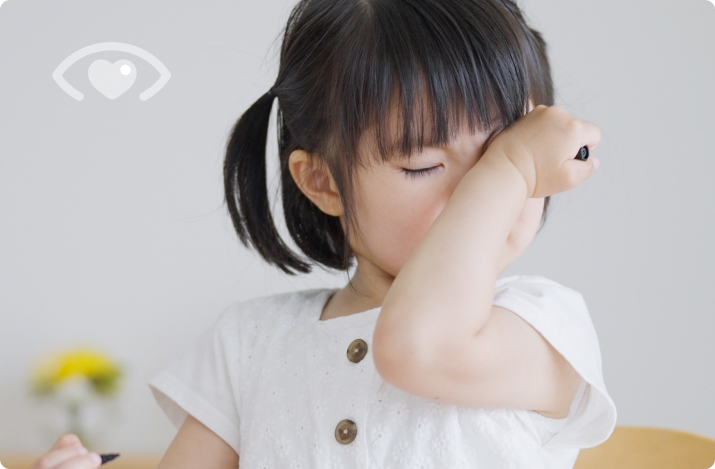Dry Eye Disease In Children
Similar to adults, dry eye in children can lead to discomfort and, in severe instances, impaired vision.
The TFOS DEWS II Epidemiology Report showed that, after the fourth decade of life, the prevalence of dry eye linearly increases. Interestingly, the few data on children included in the analysis showed, in the age range of 15 to 18 years, the lowest prevalence of clinically diagnosed dry eye (median value < 5%) but an anomalous high prevalence of dry eye symptoms (median value> 20%) and dry eye identified on the basis of the Women's Health Study criteria (median value > 20%).
Causes:









Depending on the age of the child, he / she may not be able to express the discomfort. It is essential for parents to watch out for the following signs:
- Frequent blinking
- Constant eye rubbing
- Eye redness
- Gritty or sandy feeling in the eye
- Itchy eyes
- Light sensitivity
- Blurring of vision
Diagnosing Dry Eye in Children
One reason for the underdiagnosis of dry eye is that children can be so challenging to examine. Paediatric normative data, validated diagnostic cut-offs, and tests specifically developed for children are also lacking.
Treatment:







